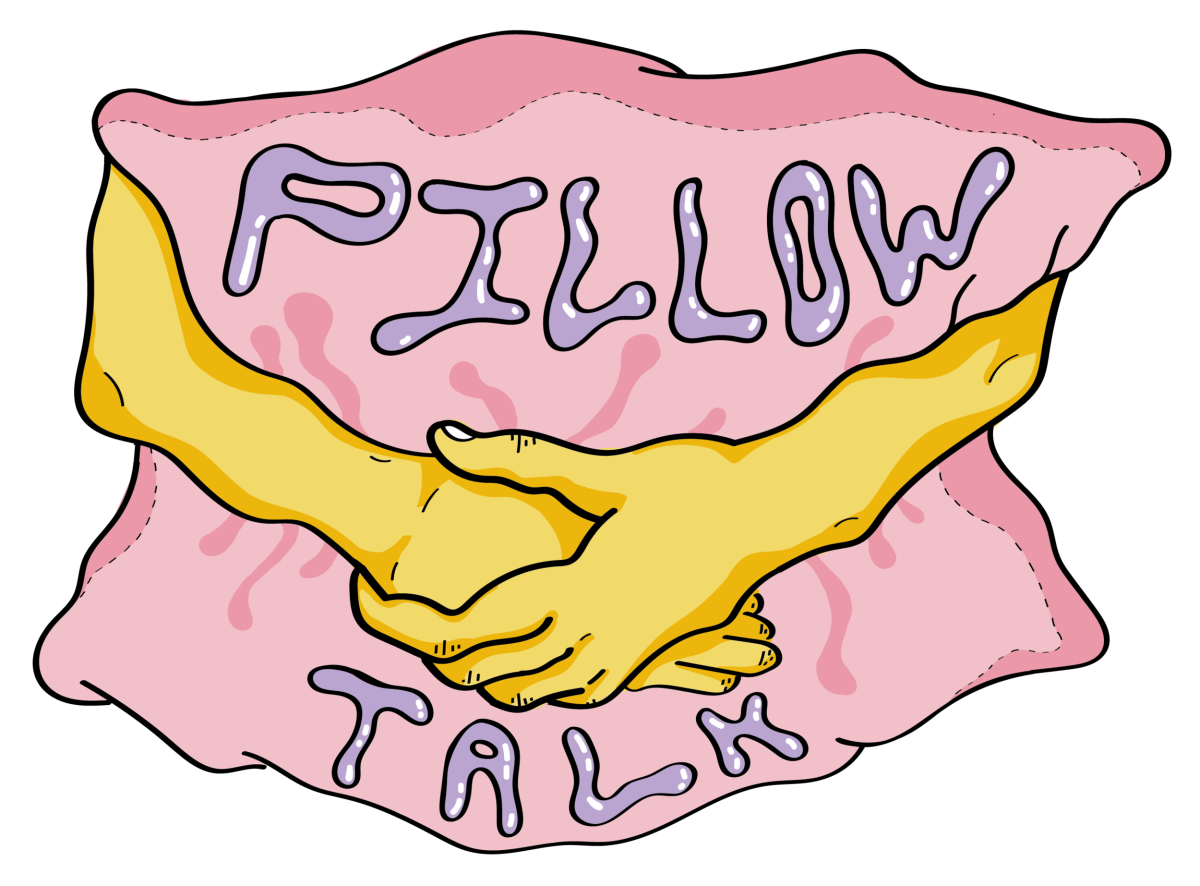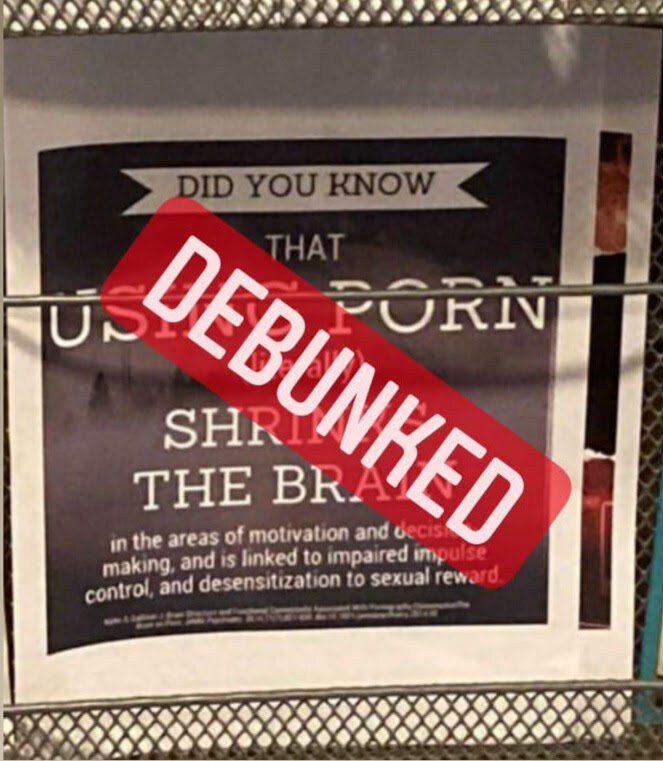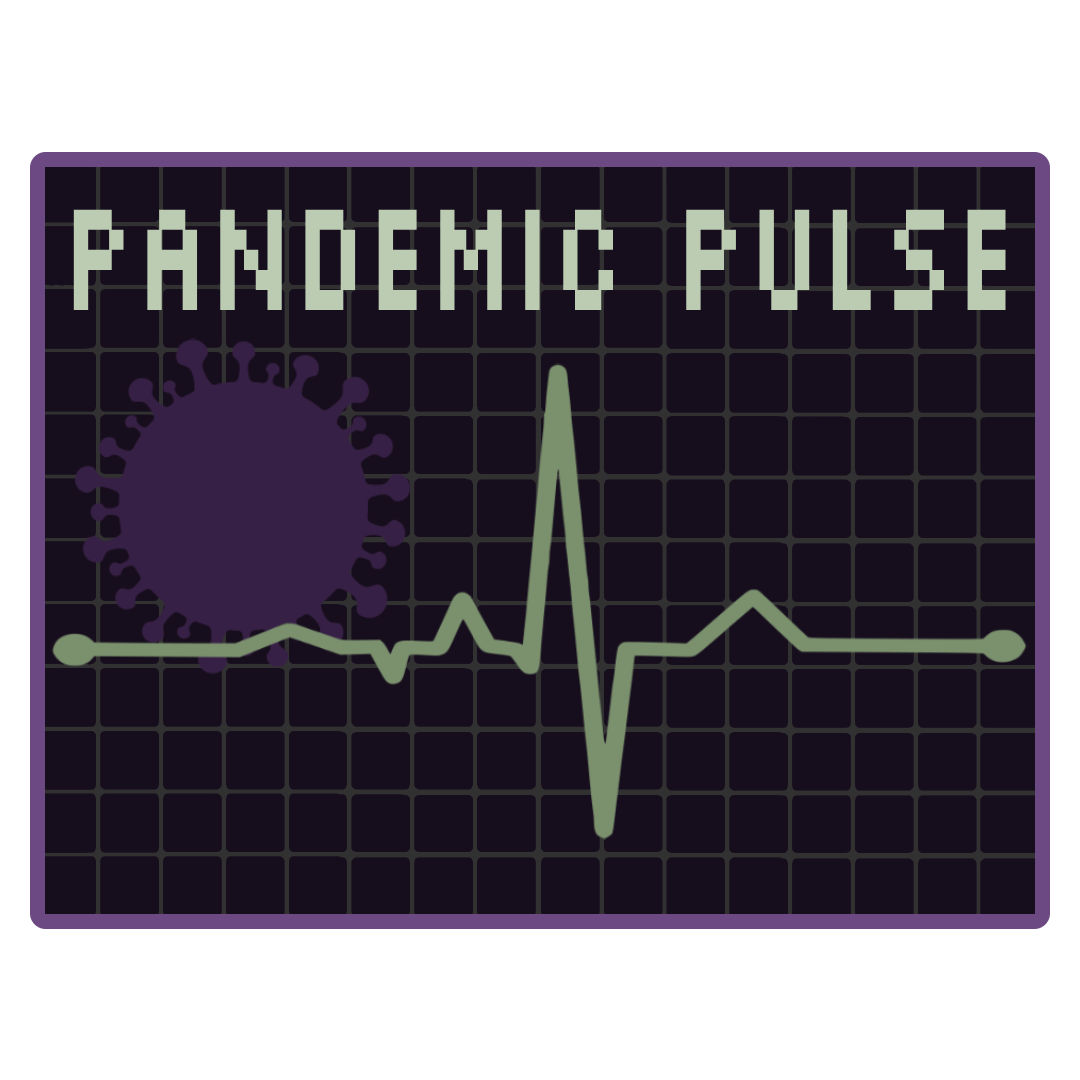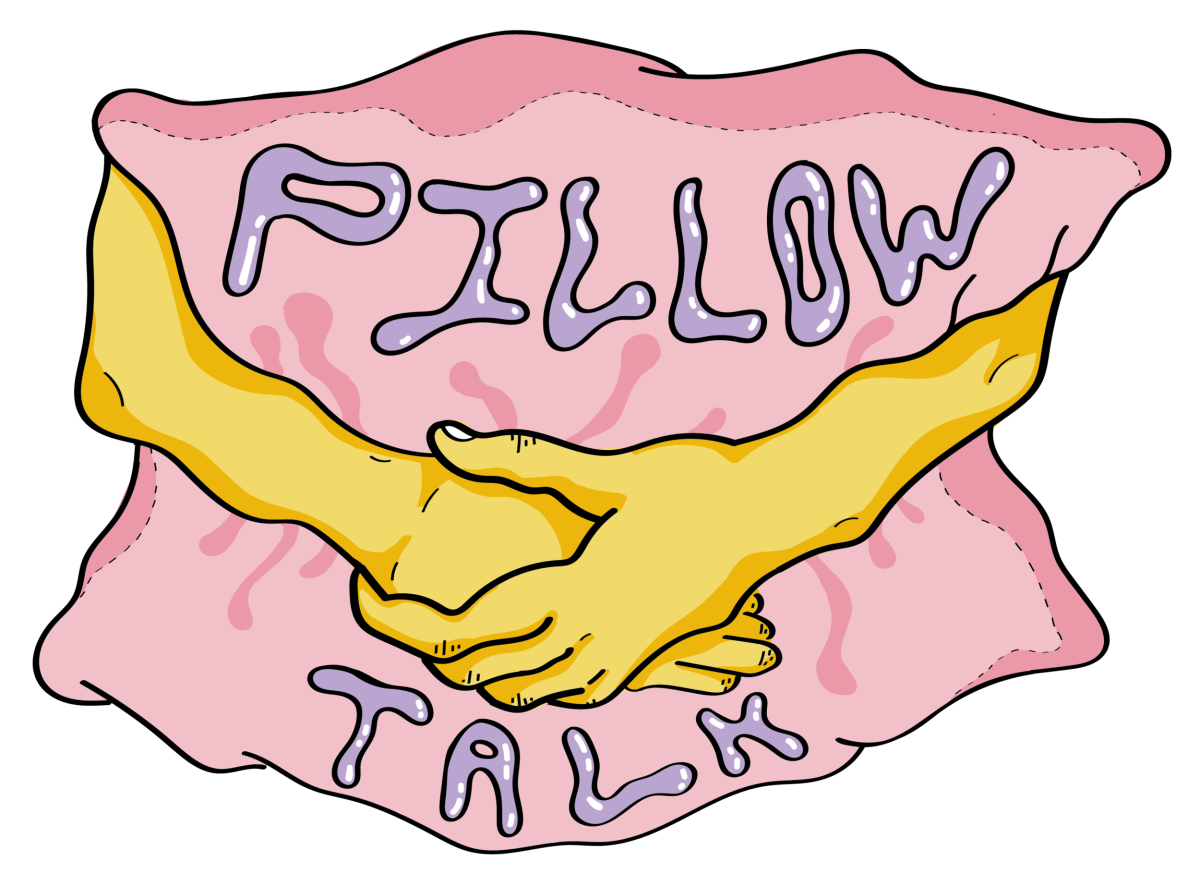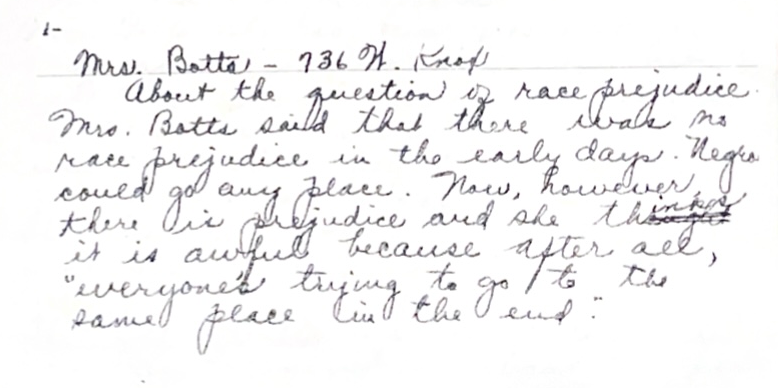A metal stand in Taylor Lounge has been the place to go for people seeking sexual health resources at Knox for at least as long as I’ve been at this school. An identical one sits in Carl Sandburg Lounge, but the Taylor rack is much more publicly accessible and visible to passersby. It’s how I found my first sex ed gig at Knox, and a year later my sex ed zines (Knox Knowledge) were proudly displayed on the top shelf.
Last week, the rack was defaced by some anti-porn vigilante. Two graphics were badly cropped onto two pieces of standard printer paper and placed on the bottom shelf of the rack. I have no idea how long they were there, but placing anything on those racks for any period of time without the permission of their owners (in this case, the Title IX office and their Dare to Care program) is a punishable offense.
The first and more visible piece read, “Did you know that using porn (literally) shrinks the brain” and contained a citation referencing Kühn & Gallinat’s 2014 article in the Journal of the American Medical Association titled “Brain structure and functional connectivity associated with pornography consumption: The brain on porn.” Anyone with experience reading and comprehending peer-reviewed scientific articles will understand the issue with conflating correlation with causation, which is exactly what the infographic does. While the participants (62 German adult males) did show difference in brain structure in areas associated with reward with higher (reported) pornography use, there is no evidence to say that porn causes those differences. These men were not shown pornography in a lab setting, their frequency of use was self-reported, and 62 participants isn’t exactly enough to make such a bold claim anyway. Besides, we know a few other things that are related to those same parts of the brain, for example video games and gambling.
The second infographic said simply, “Porn fuels the demand for sex trafficking #STOPTHEDEMAND” along with the logo and name of the campaign “Fight the new drug,” an anti-porn “non-religious” organization founded in Utah that advocates porn’s definition as a drug and a public health hazard. Utah, a state steeped in Mormon purity culture, is a hotspot for some of the most fanatic sex-negative organizations hidden under a “non-religious” guise. Regardless of religious belief, however, the statement is just wrong. Porn and sex work are necessarily separate from sex trafficking; if they weren’t, we wouldn’t actually be able to identify and prosecute sex trafficking, slavery, and rape without being overwhelmed by McCarthy-esque claims of scarlet letter whores.
In other words, it is reductive, unhelpful, and inaccurate to claim that erotic art, videos, and photos created and distributed by adult artists and performers incentivizes people to kidnap and sell others. People have sex drives, and pornographic content exists to be consumed appropriately by those looking to fulfil that drive in a way that suits them. Porn doesn’t create malicious, sex obsessed people. Misogyny, social isolation, a number of mental and emotional issues, and above all else, capitalism, make selling and trading human beings for sex profitable. Porn helps reduce that demand if anything, by providing sexually satisfying content that you don’t need to hurt others to access.
The images have been removed. If the person who printed and distributed these is found, they will face consequences for defacing school property and slander against Dare to Care by implying that the school would ever distribute such dangerous, shameful misinformation. My hope is that those students who did see it before it was removed have developed the critical thinking and reading comprehension skills to realize that they were simply spouting ignorant, catchy taglines to promote a political and moral agenda.
If you know anything about the source of these flyers or anyone who may have been involved, please contact myself or Kim Schrader with the Title IX office.
One of two misleading flyers left in Taylor Lounge
One of two misleading flyers left in Taylor Lounge
Scan this QR code to submit a question to Pillowtalk!

